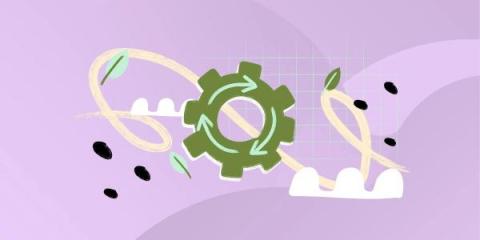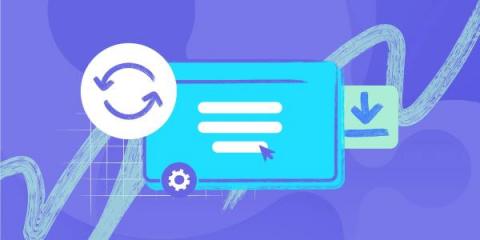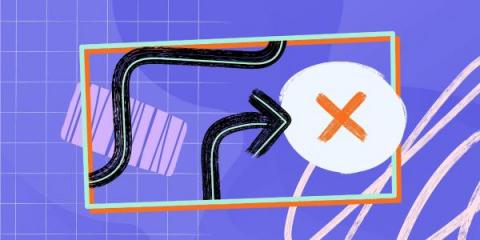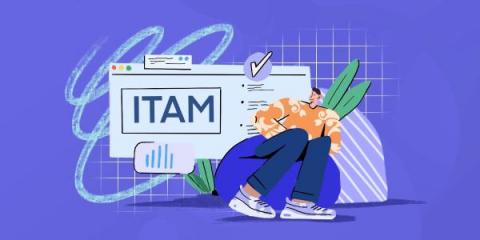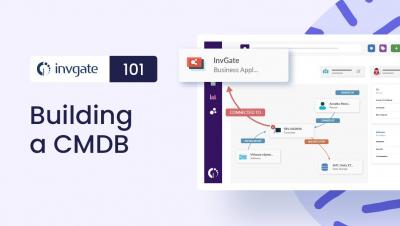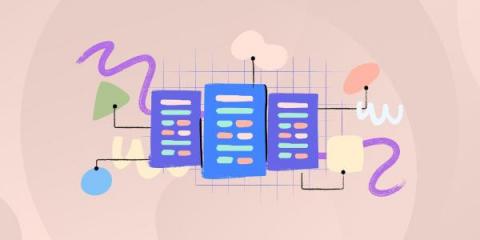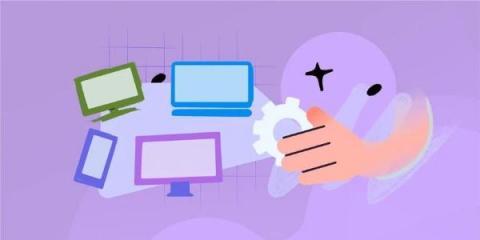iOS Device Management: How to Manage iOS Devices
If your organization works with Apple assets, it’s time to put iOS Device Management into action. Under the scope of Mobile Device Management, this practice should be included in your IT Asset Management (ITAM) strategy. The challenge here relies on the specifics of this Operational System (OS). As you surely know, Apple is very strict about its devices, privacy policies, and overall information management.


